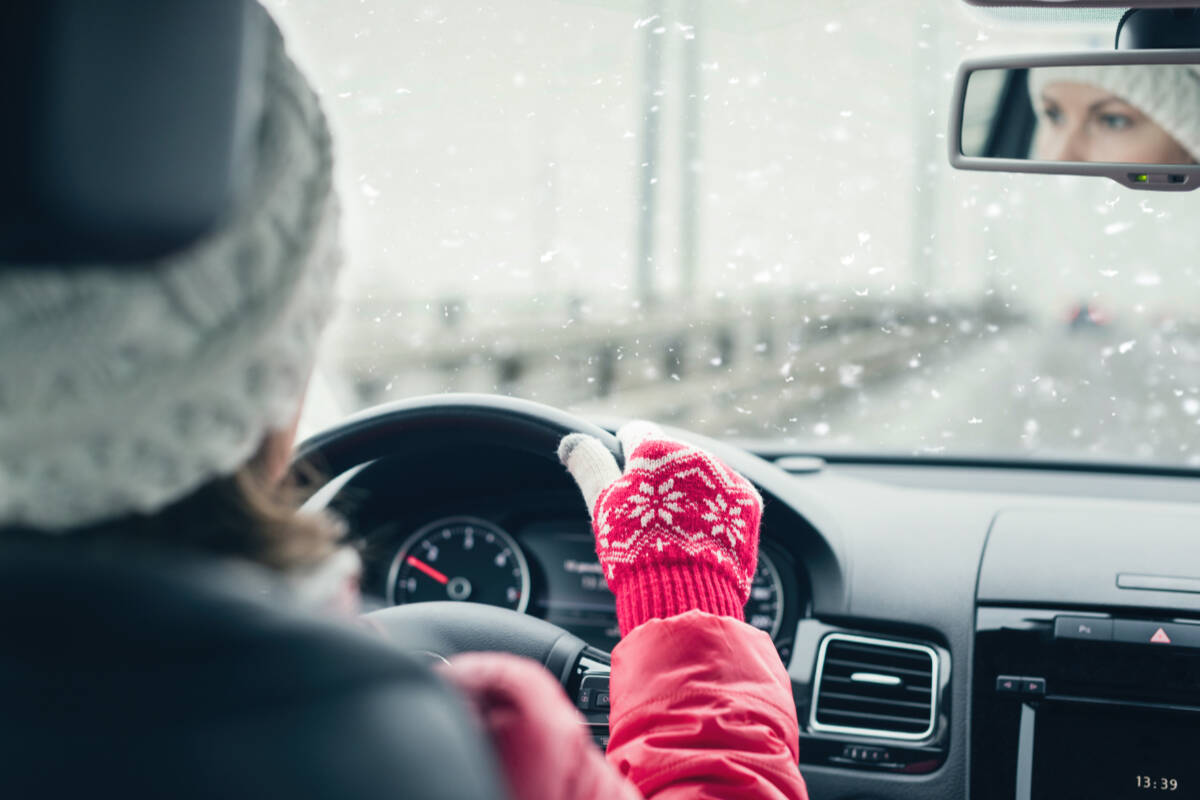By Blair Qualey
The holidays are fast approaching, and for many of us, that means starting to plan for a winter road trip to visit family or other loved ones. However, living in British Columbia during the winter means being as prepared as possible to handle variable weather conditions and the potential for roadside emergencies.
Before you begin your journey, the best first step is to check both the weather forecast and road conditions along your route. This foresight will allow you to prepare for the latest conditions or delays, especially if your travels will take you through tricky mountain roads and passes.
Once you’ve got your route planned, ensure your car is equipped with a winter-ready battery, adequate antifreeze levels, functional brakes, winter tires (or if travelling with the threat of severe weather, snow chains), and sturdy wiper blades. If you need more advice on winter tires for enhanced traction on snowy and icy roads — make sure to check out our guide to Winter Tires!
As you embark on your holiday adventure, always ensure you pack an emergency kit comprising blankets, extra warm clothing, non-perishable food, water, a flashlight, a first aid kit and any necessary medications like Insulin and an EpiPen.
Ensure your phone is fully charged and carry a car charger and a portable power bank for emergency connectivity. Keeping your gas tank at least half full is crucial to prevent fuel lines from freezing, particularly on long stretches where gas stations may be sparse. Consider carrying a jerry can for that extra peace of mind.
And if travelling by electric vehicle (EV), trip planning is even more important for mapping out where the nearest charging stations will be. EVs can lose up to 30 per cent range in the cold weather once temperatures drop below freezing. Check out online tools like Plugshare (plugshare.com) to help with your trip.
As you plan your road trip, leave additional time for the unexpected, especially on mountain roads where winter conditions, snow clearing, or avalanche control can slow down your journey.
Always make sure to let someone know your travel itinerary, including your expected departure and arrival times and the route you plan on taking. Check in with them along the way to keep them informed of your progress. Almost everyone has a smartphone these days, but there are plenty of areas in our province with no cell signal – so keep family and friends posted about your situation.
Driving cautiously in winter conditions is imperative – reduce your speed, increase your following distance, and avoid sudden movements. Watch for wildlife, especially in mountainous areas, and be vigilant during descents, using lower gears to control your speed and prevent continuous brake usage. Monitor your vehicle’s fluids and plan overnight stays if your journey involves long distances through challenging conditions.
By taking these precautions and staying prepared, you can make your holiday travel safer and more enjoyable, even in areas with winter conditions and mountainous terrain. Stay safe this winter so you can enjoy your time with friends and family!
Blair Qualey is President and CEO of the New Car Dealers Association of BC. You can email him at bqualey@newcardealers.ca.

